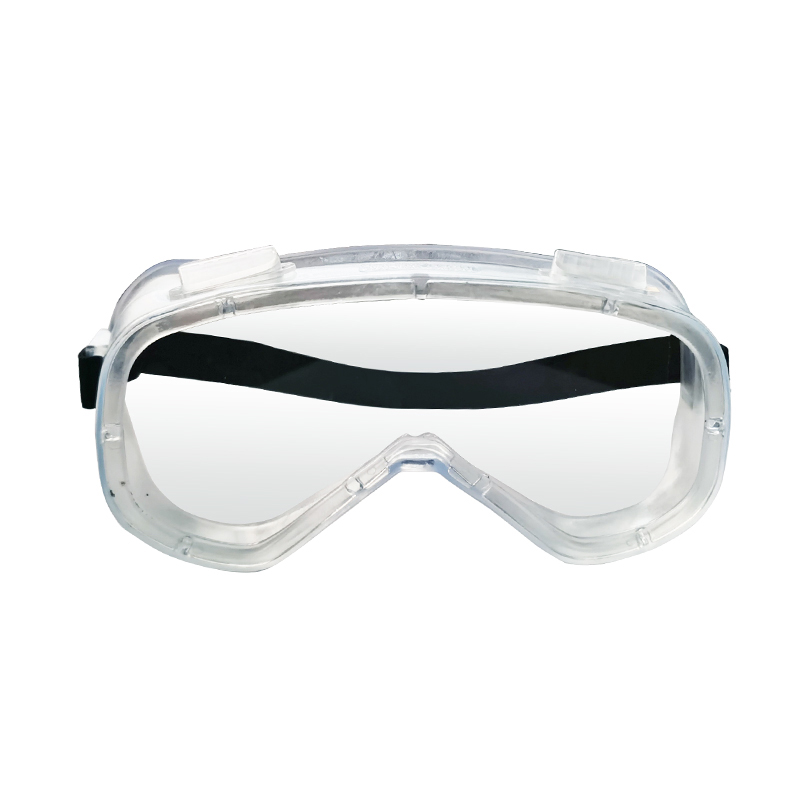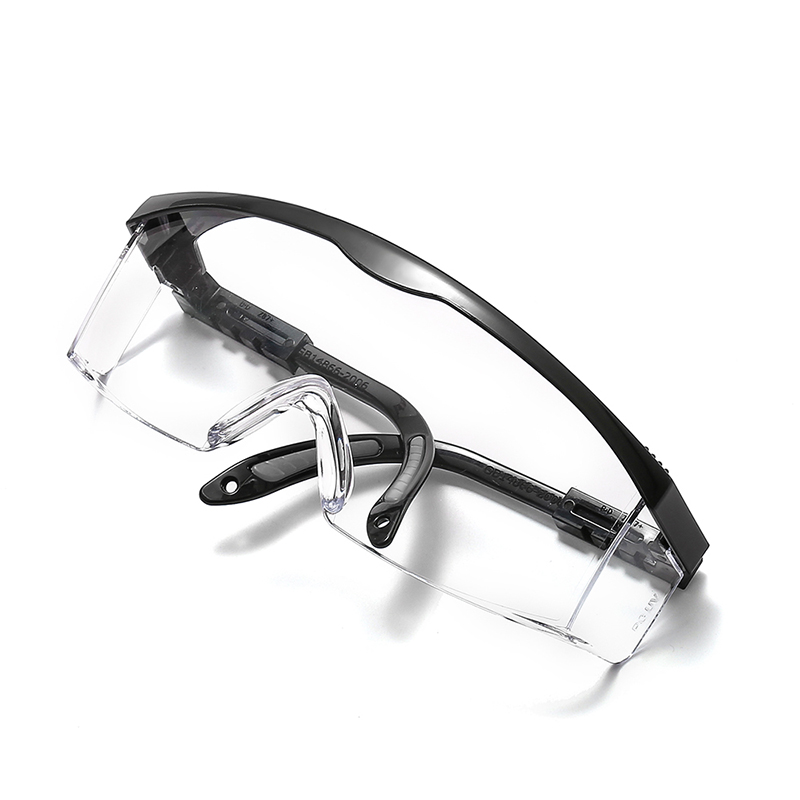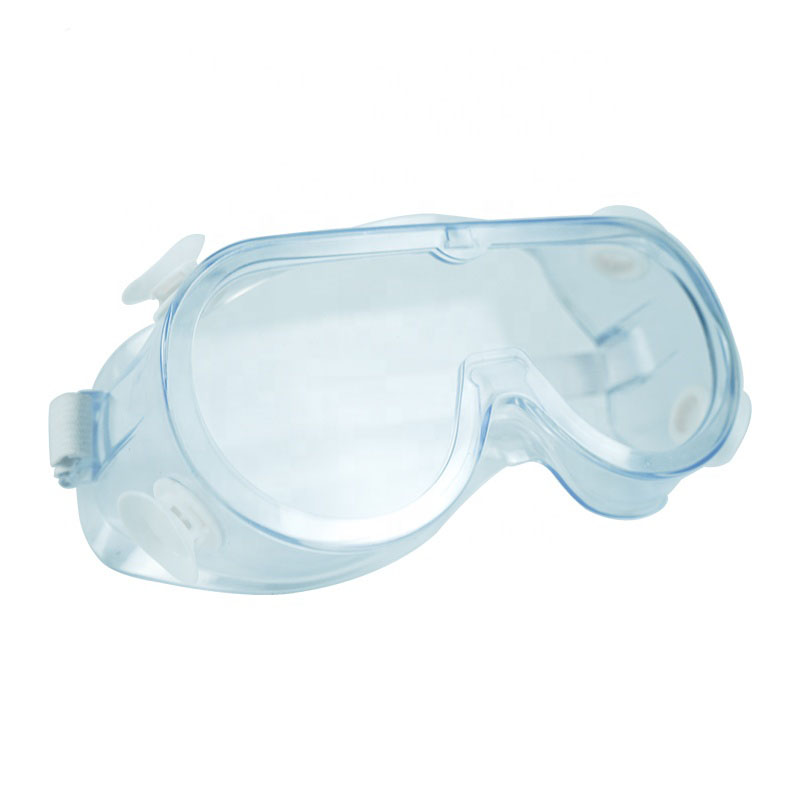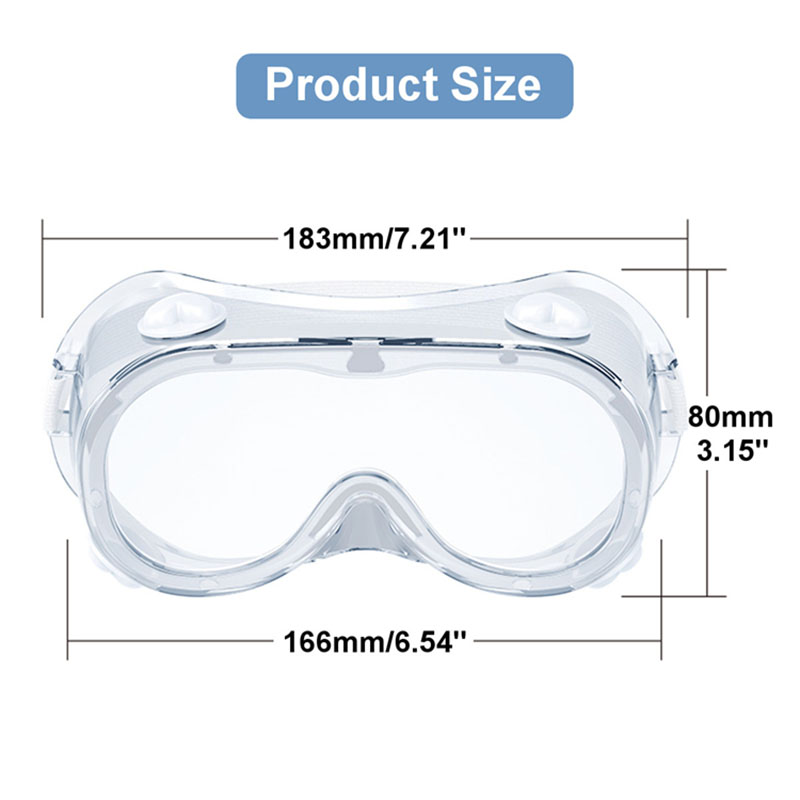Cultivation Techniques of Non-polluted Brussels Sprouts in Wuhan
1 variety selection The currently cultivated Brussels sprouts are mainly imported from abroad and cultivated in Taiwan. According to the plot conditions, soil and climatic environment, the varieties with strong resistance, not easy to fall, tight ball, high yield and different maturity should be selected. . Generally, the varieties that can be selected include early birth (premature), Masuda (middle mature), Dorabang (late mature), and prince (high-grade). 2 sowing and seedling 2.1 Sowing date For the sowing of Brussels sprouts, refer to the cabbage, which is generally available in the Wuhan region from late July to late August. 2.2 Seedbed arrangement and matrix preparation The high temperature and heavy rain in summer in Wuhan have a great influence on the seedling growth of Brussels sprouts. The seedbed should be selected in a greenhouse or greenhouse with good ventilation and shading. The substrate is prepared according to peat: vermiculite=2:1, and 1 kg of urea is added per 1 m3 matrix. 1 kg of potassium dihydrogen phosphate, mix well and place a tray or a seedbed. 2.3 Seeding and seedling methods The seed purity should not be lower than 98.0%, the clarity should not be lower than 99.0%, the germination rate should not be lower than 95.0%, and the moisture should not be higher than 7%. When using seedlings, seedlings should be 1-2 seeds per hole. Cover the substrate 1 cm thick. The seedling tray is sprayed with water, and moisture is preferably oozing out from the bottom hole of the tray. When using seedbed seedlings, it is advisable to choose a plot with good ventilation and convenient irrigation and drainage. The amount of seed for each 667 m2 field is 15 g, the planting area is about 4 m2, and the shallow soil is covered after sowing. 2.4 Seedling management After sowing, it is advisable to cover the sunshade net to avoid sun exposure. In the case of continuous rainy days, the sunshade net should be removed in time, while maintaining the constant temperature and humidity in the seedbed, the average temperature is within 25 °C. After Qi Miao, it should be watered once every 1-3 days, and watering should be before 9:00 or after 17:00. After 3 leaves and 1 heart, it is advisable to spray 1-2 times of foliar fertilizer with water spray. 3 Daejeon preparation and colonization Plots that have not been planted with cruciferous crops within 1-3 years should be selected. The base fertilizer should be applied, and the application of base fertilizer should comply with the relevant provisions of the NY/T 5363 standard. It is suitable to apply 3 000 kg of farmyard manure per 667 m2, 50 kg of ternary compound fertilizer, 25-30 cm of deep tillage, and open the box for sputum, with a width of 120 cm, a width of 20-25 cm, and a depth of 10-15. Cm. According to the different maturity of the variety, the planting time should start from the end of August to the middle of September. The temperature of the planting period should be 20-26 °C, and the nighttime should be 8-10 °C. The seedling age is 30-40 days, and the seedlings are 6-8 pieces of true leaves with soil mites. The row spacing of planting should be 60-70 cm, and the plant spacing should be 40-50 cm. Root water should be poured in time after planting. 4 Daejeon Management 4.1 Fertilizer management Topdressing should comply with the relevant provisions of NY/T 5363. After 15 days of planting in Daejeon, it is advisable to apply 1 time to raise seedling fertilizer with watering, apply 2.5-5 kg ​​of urea per 667 m2; 1 month after planting, apply second fertilizer, preferably 5 kg of urea per 667 m2 Chasing, or applying rotted farmyard manure; small bud ball expansion period and small leaf ball start-up period, it is suitable to apply urea 10-15 kg per 667 m2 and potassium dihydrogen phosphate 2 kg. After planting the seedlings, the watering should not be too much; the irrigation before the ball-forming period should be combined with the topdressing; the swelling of the buds should keep the soil moist. Rainy days should be drained in time. 4.2 Plant adjustment Before the plants are not sealed, it is advisable to cultivate each time after watering, remove weeds and old leaves, and carry out root cultivation. When the small leaf ball is formed in the middle of the main stem, the base leaves are removed in time; after the bud ball is gradually expanded, the leaves next to the bud ball should be removed. When the axillary bud in the lower part of the plant cannot form a small leaf ball or the formed leaf ball gradually loosens, it should be removed in time. 5 pest control 5.1 Prevention principles Follow the principle of agricultural control, continue to be supplemented by physical control, and take the principle of biological control, scientific and rational chemical control. The use of chemical pesticides should comply with the provisions of GB 4285 and GB 8321. 5.2 Main pests and diseases The main diseases are black rot, viral disease and sclerotinia. The main pests are cabbage caterpillar, beet armyworm, beet armyworm and aphid. 5.3 Prevention methods 1 Agricultural control should be carried out for seed disinfection and seedbed disinfection. Daejeon should dig deep into the ground to avoid rotation or continuous cropping with other cruciferous vegetables. Do a good job in field ventilation and timely weeding and weeding. 2 Physical control using silver-gray plastic film or silver-gray paint on ordinary agricultural film and window screen to avoid mites; use yellow plate to induce cockroaches, use 6-8 pieces per 667 m2; use insecticidal lamp to trap the adult worm. 3 Biological control Plutella xylostella and Pieris rapae can be controlled by spraying 16 000 IU/mg Bacillus thuringiensis wettable powder 800-1 000 times; beet armyworm can use 30 billion PIB/g beet armyworm nuclear polyhedrosis virus water dispersible granules 3 000 - 5 000 times liquid control. Plutella xylostella, beet armyworm, etc. can also be lured with sexual attractants, or release parasitic wasps. 4 chemical control chemical pesticides should be used in accordance with the provisions of GB 4285 and GB 8321. Black rot sprayed 72% agricultural streptomycin sulfate soluble powder 3 500 times liquid spray, 50% carbendazim powder 600 times liquid or 50% spring Lei Wang copper wettable powder 800 times liquid and other agents alternately sprayed. Viral disease can be sprayed with 1.5% phytopathogenic emulsion 1000 times solution, or 20% virus nemesis 500 times solution, or 5% toxic water clearing agent 500 times solution, every 5-7 days, continuous 2 -3 times. Plutella xylostella, beet armyworm, 0.2% emamectin benzoate emulsifiable concentrate 1 000 times solution, 1.8% avermectin emulsifiable concentrate 1 000 times liquid alternate spray control. The aphids can be sprayed with 10% imidacloprid EC 1 500 times solution and 3% acetamiprid emulsifiable concentrate 1 000-1 500 times, and sprayed once every 5-7 days for 2-3 times. 6 harvesting It is advisable to fully expand the lower leaf ball and collect the ball in real time. Early-maturing varieties should be harvested from the bottom up, and late-maturing varieties can be harvested simultaneously. After the lower leaf ball is harvested, the leaves should be removed at the same time. Product quality should comply with the relevant provisions of GB 2762 and GB 2763. 7 Production files Production archives shall be established to record varieties, fertilizer application, pest control, harvesting and environmental factors. All records shall be true, accurate, standardized and traceable; production files shall be kept by special counters, at least 3 year. Disclaimer: Some articles on this website are transferred from the Internet. If legal rights of third parties are involved, please inform this website. phone It can prevent some medicine or blood from splashing on the face, thus protecting the eyes. This kind of glasses is generally used in conjunction with masks and surgical caps to fully protect the doctor's head.
4. The breathability must be good, generally there are vents
Protective goggles,disposable medical equipment,personal protection,daily protection Shanghai Rocatti Biotechnology Co.,Ltd , https://www.ljdmedicals.com
[Functions of medical eye masks]
1. Prevent blood, potion and other liquids that cause damage to the skin from causing unpredictable damage to the eyes.
2. It can prevent the impact of objects on the eyes during close surgery.
3. The inner space of the eye mask is large enough for doctors who wear myopia glasses.



